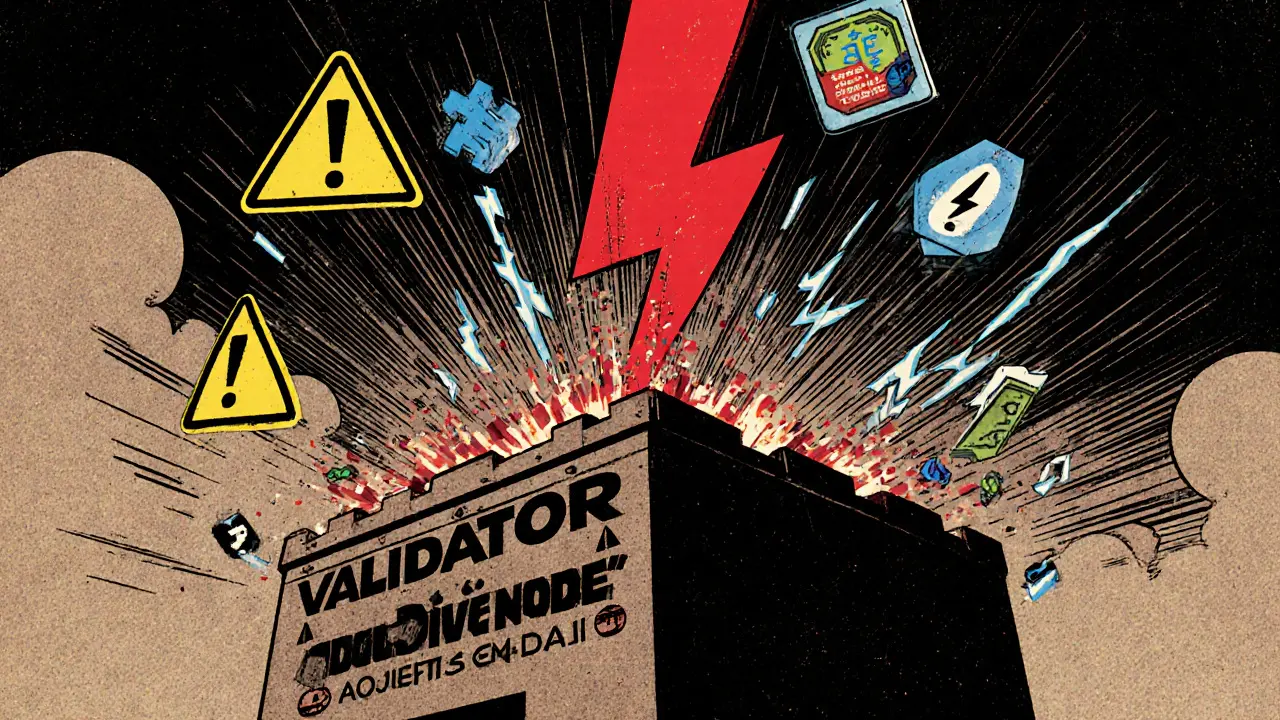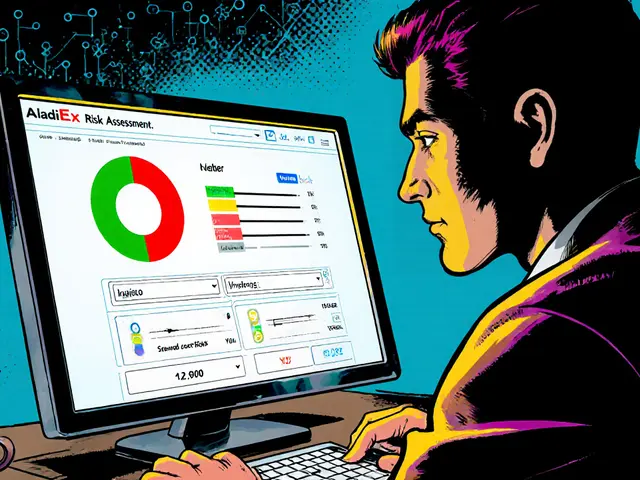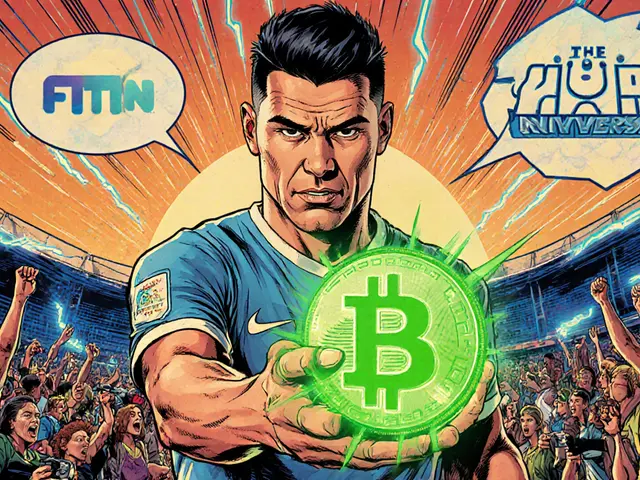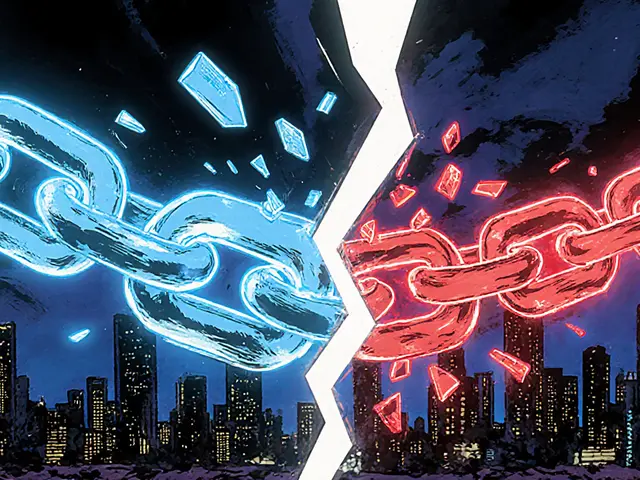Ethereum Slashing: What It Is, Why It Matters, and How It Keeps the Network Safe
When you stake Ethereum, you’re helping secure the network—but if you mess up, Ethereum slashing, a penalty system that removes ETH from validators who act dishonestly or fail to perform. Also known as validator penalties, it’s the enforcement mechanism that keeps proof-of-stake honest. Without slashing, bad actors could double-sign blocks, go offline to disrupt consensus, or try to cheat the system. Slashing makes cheating expensive—and that’s exactly what keeps Ethereum secure.
Slashing doesn’t happen randomly. It’s triggered by specific, well-defined actions: if a validator signs two different blocks at the same height (called a double-signing, a malicious act where a validator attempts to support two competing chains), or if they’re offline for too long during a critical period (called inactivity leak, a gradual penalty for validators who fail to participate in consensus over an extended time), the network takes action. The penalty isn’t just a small fine. You can lose a portion of your staked ETH—sometimes up to 100% if you’re part of a large-scale attack. This isn’t theoretical. In 2022, real validators lost ETH because their hardware failed or their software misconfigured. Slashing isn’t punishment for bad luck—it’s protection for the whole network.
It’s not just about losing money. Slashing changes how people run validators. You can’t just run a node on a home PC and hope for the best. You need redundancy, backup power, monitoring tools, and clear procedures. That’s why most serious stakers use dedicated servers, multiple clients, and automated alerts. Slashing forces the ecosystem to grow up. It turns staking from a passive income play into a serious responsibility. And that’s good. The more secure Ethereum is, the more value it holds for everyone.
Below, you’ll find real-world reviews, technical breakdowns, and risk analyses that show how slashing affects stakers, exchanges, and the broader blockchain economy. Some posts cover what happens when validators get slashed. Others explain how to avoid it. You’ll see how tools like Ethereum staking pools, validator monitoring dashboards, and client diversity reduce your risk. Whether you’re staking your own ETH or just trying to understand why the network stays reliable, this collection gives you the facts—no hype, no fluff, just what matters.






